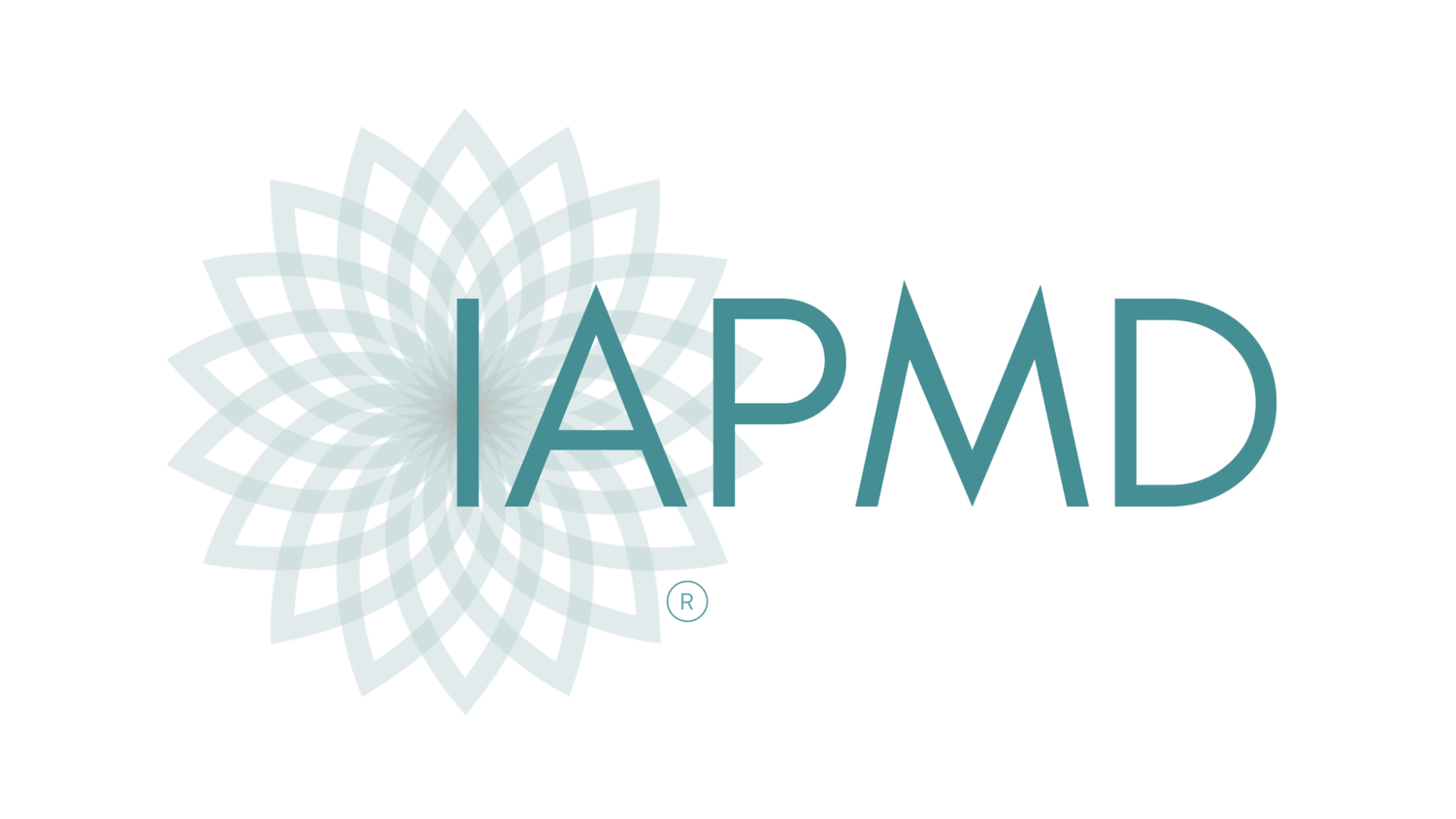Exercise, Nutrition, & Raising Awareness
Alexandra uses fitness and nutrition to cope with her PMDD, and now to raise awareness!
Alexandra is in the running for Ms. Health & Fitness and is raising awareness of PMDD along the way. PMDD is Premenstrual Dysphoric Disorder, a hormone-related mental health condition. Alexandra has lived with PMDD since her teens and uses exercise and nutrition to take back control of her life and symptoms. Photo credit: Karen Peel Photography
“For years, it felt like my symptoms controlled me, but over time I learned how to control my symptoms and my PMDD with exercise and nutrition. I want others to know that they are strong and will find their way forward too.”
Alexandra’s Story…
“I’ve had PMDD since I was about 15 though I wasn’t diagnosed until I was 33. Getting a diagnosis gave me relief. It validated what I had been going through most of my life. Feeling detached, depressed, suicidal, and in pain for no good reason every month suddenly had an answer. It wasn’t because I’d done anything wrong. It’s because at a cellular level, my body is sensitive to changes in my own hormones.
Activity and nutrition have been the key components to managing my symptoms. I strength-train three days a week, I play sports for cardio exercise, and I go for long walks with friends or my dog. I never did any of that before; I was pretty sedentary and private; I ate lots of takeout and junk food. Now I make a concerted effort to eat real food, as little processed or packaged as possible. Training makes me feel stronger physically, and it’s amazing how that translates into the rest of my life. I feel powerful and I have never felt more capable of recognizing what is going on with my body and not only how I can help myself, but how I can ask for help from my support system.
I wish I knew as a teenager what I know now. I lost 18 years thinking I was a weak human and feeling like I was the only one. Now I know I am strong and I am not alone.
If you’re struggling with symptoms that sound like PMDD, you are not alone. There is help and hope.”
What is PMDD?
Premenstrual Dysphoric Disorder (PMDD) is a cyclical, hormone-based mood disorder caused by an abnormal sensitivity in the brain to normal hormone fluctuations over the menstrual cycle. PMDD affects about 1 in 20 women and individuals assigned female at birth worldwide. Symptoms of depression, anxiety, mood swings, irritability, and more, arise during the premenstrual, or luteal phase of the menstrual cycle and last until the onset, or a few days into your period.
I think I may Have PMDD. What should I do?
A great first step if you think you may have PMDD is to take the PMDD Self-Screen, a short quiz about symptoms and symptom timing. Then, it’s recommended to track your symptoms daily along with your cycles for at least two months and share with your doctor or recommended provider for PMDD. This is how an official PMDD diagnosis is made and can also be empowering to get to know your own patterns of symptoms. From there, there are many treatment options, both holistic and medical. IAPMD also has free peer support chat if you need any help along the way.
Alexandra’s Tips: Fitness & PMDD
“I’ve been in that deep, dark hole where I don’t want to do anything, believe I can’t do anything, and hate myself for it. Try to remember, that is the PMDD talking. You are so much more than your troubles. I know you don’t want or like feeling that way, so start slow. Get in any kind of exercise you find interesting. YouTube makes it easy to find workouts until you are ready to go to the gym and start adding weight. Also remember that you aren’t alone -- everyone has a story. Most of the people I’ve met in the gym have something they’re working on personally whether it’s a goal or a medical condition or just general health. You may find some inspiration in an unlikely place, I know I have.”
Support Alexandra in Ms. Health & Fitness competition!
Photo credit: Karen Peel Photography


